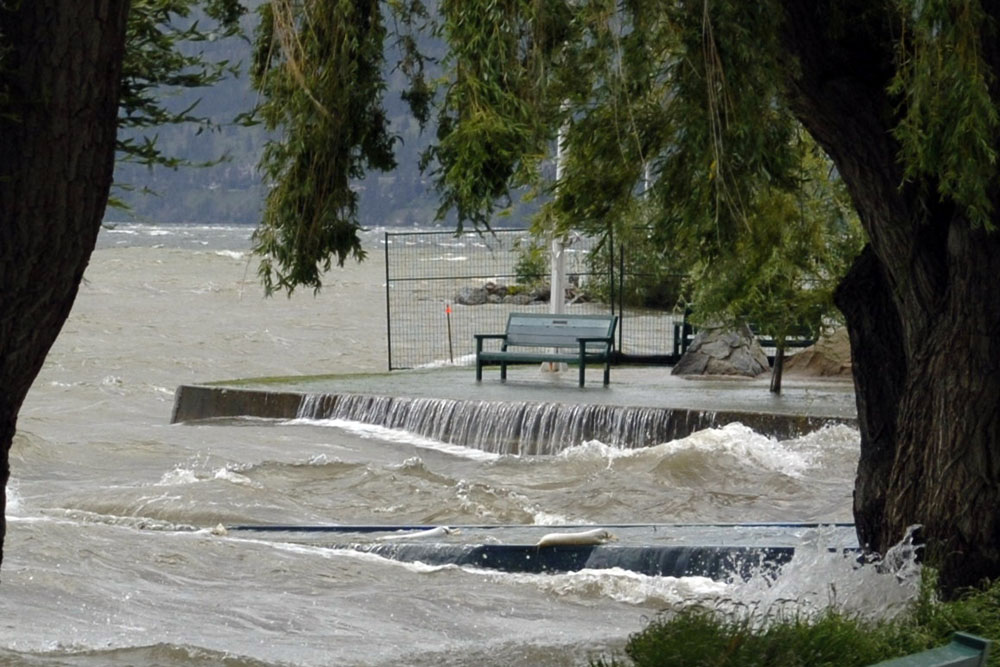Snow doesn’t melt the same way in every area. Some factors that influence snowmelt are slope and direction the land faces, tree cover, air temperatures, and melt in adjacent areas. In the Okanagan, earlier snow melts are expected with climate change.
Peak runoff is the height of the snowmelt, usually after a warm spell. Sometimes there are multiple peaks. Earlier snowmelt means the peak runoff time is earlier, and less water may be stored in the reservoir. Droughts may occur, affecting growing seasons, insect hatching, biodiversity. Stream volumes can be reduced for the fish, habitats will have less water, and wildfires start more easily and burn hotter.
Changing the timing of flow, whether by human activities including climate change or natural disasters, can increase the frequency and intensity or droughts. Extended droughts increase wildfires, that further compromise the forest’s ability to function as habitat, and as a watershed.

